Cyber Monday 2025 eCommerce Shatters Records
Reading Time: 3 minutesSummary Cyber Monday 2025 has officially become the largest online shopping day…
Black Friday Cyber Monday (BFCM) isn’t a weekend anymore; it’s a two-month marathon. By the time Cyber Monday arrives, don’t find yourself left behind. In fact, 47% of holiday shoppers start buying before November (NRF Holiday 2024), and early November deals now account for 30% of holiday revenue compared to just 17% during Cyber Week (Adobe Digital Economy Index 2024). The challenge? Entering late could mean higher advertising costs, reduced visibility, and missed opportunities to capture early buyers who spread out their spending across multiple channels.
This guide will walk you through the complete eBay BFCM 2025 campaign strategy, from smarter pricing and margin protection to promotion ideas, advertising setup, and budget pacing. You’ll learn how to prepare earlier, protect profitability, and maximize visibility when competition is at its peak.
eBay is one of the few marketplaces forecast to grow faster than the overall holiday ecommerce market in 2025. But growth won’t be evenly distributed – sellers who optimize for mobile-first discovery and protect margins from rising fees will be the ones who benefit.
Smart pricing on eBay during BFCM means calculating your true profit after fees and ad spend. With Final Value Fees averaging 13% (in eBay US), sellers must back into their price floors using tools like the fee calculator for the eBay marketplace by Flyp.
This is your Contribution Margin after Marketing (CM3). If you add a 20% BFCM discount without recalculating, profit would collapse to nearly zero.
You don’t win BFCM by slashing prices; you win by pricing with margin intelligence. Use calculators, fee models, and discount guardrails to compete without sacrificing profit.
The best eBay promotions for BFCM 2025 combine marketplace tools like Sales Events, Coupons, and Volume Discounts with smart bundling and urgency tactics. Instead of cutting 40–50% across the board, build offers that lift Average Order Value and reward loyal buyers without eroding margins.
“Do I really need to cut 50% off to compete during BFCM?”
No. On eBay, bundles, free shipping thresholds, and VIP coupons often outperform margin-eroding deep discounts because they balance buyer value with seller profitability.
| Feature | Promoted Offsite | Promoted Stores | General Campaign | Priority Campaign |
| Placement | External websites, like Google | On-platform, in search results and other prominent locations | On-platform, in search results and other prominent locations | On-platform, with priority access to placements |
| Cost | Cost-per-click (CPC) | Cost-per-click (CPC) | Cost-per-sale (CPS) | Cost-per-click (CPC) |
| Strategy | Promotes listings to buyers outside of eBay | Targets highly motivated buyers with advanced controls | Increases overall visibility and awareness | Maximizes sales by targeting highly motivated buyers |
| Best For | Reaching new customers who aren’t actively browsing eBay | Sellers looking to increase their store traffic and boost brand visibility. | Sellers who want broad visibility and only pay when an item sells | Sellers who want to drive sales quickly by reaching highly motivated buyers |
Let’s talk about two of the major on-platform eBay marketplace campaigns: General campaigns (Cost-per-Sale) and Priority campaigns (Cost-per-Click). The right choice depends on your SKU type, margin profile, and sales goals.
“If I set a $5/day budget, will eBay spend it daily or just on clicks?”
With Priority (CPC) campaigns, eBay spends based on actual clicks. Your monthly spend = daily target × 30.4, not a flat monthly budget. (Value Added Resource, 2025)
“Is it better to promote or lower my price?”
Promote high-competition SKUs (to win impressions). Lower price only if your category is highly price-sensitive. Use both levers strategically, not either/or.
Think of General vs Priority campaigns as tools in a kit. Don’t default to one type. Match campaign type to your SKU, margin profile, and goals to avoid wasted spend and maximize visibility.
To maximize ROI from eBay’s Promoted Listings, start below with the suggested ad rates, promote only proven SKUs, and scale budgets based on actual return on ad spend (ROAS). Daily monitoring ensures you don’t pay for clicks that don’t convert.
“Can malicious clicks drain my CPC budget?”
eBay does filter invalid traffic, but wasted spend can still happen if campaigns aren’t monitored. The real safeguard is daily reporting checks and bid adjustments.
Promoted listings aren’t a “set it and forget it” tool. They’re profitable only if you treat them like an investment: test small, scale on data, and keep attribution clean.
Not every SKU deserves the same ad spend. Segment products into Tier A, B, and C based on margin and performance, then allocate campaigns and budgets accordingly. Daily checks help trim waste and double down on winners.
“Should I just promote everything so buyers see my whole store?”
No. Promoting everything dilutes ROI. Focus on Tier A and B products as they deliver the bulk of sales and justify ad costs.
Budgeting for eBay BFCM 2025 means calculating your true profit after fees and ad spend (CM3), applying eBay’s pacing math (daily × 30.4), and splitting spend across SKU tiers. This ensures your money flows to products that actually deliver ROI.






Ideally, 60–90 days before BFCM. That means securing inventory and running early-bird campaigns in October, not waiting until Thanksgiving week. Sellers who prep early pay lower CPC and capture shoppers before competition peaks.
Pricing comes first. If your Contribution Margin after Marketing (CM3) is too thin, no ad can save you. Calculate your break-even floor, then layer ads on top of SKUs that can sustain profitability.
You should run either based on the following:
Not always. eBay buyers respond well to bundles, coupons, and free shipping thresholds. Klaviyo reports early-bird campaigns get 2–3× CTR compared to deep-discount weekend blasts. Bundled value can outperform heavy cuts.
eBay does filter invalid clicks (like bots), but you should still monitor daily. If CTR is high but conversions are low, pause or adjust bids, it’s wasted spend even if traffic isn’t fraudulent.
Allocate 50–60% of your ad budget to Tier A (bestsellers), 25–30% to Tier B, and 10–20% to Tier C. This ensures your strongest SKUs get maximum visibility without ignoring growth or clearance opportunities.
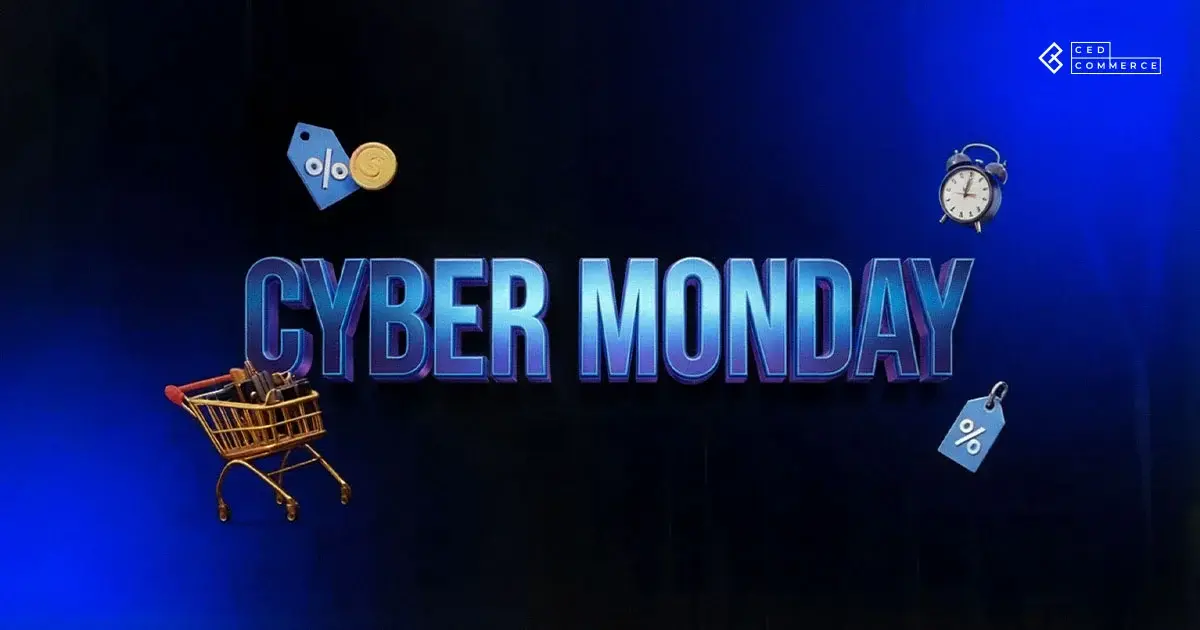
Reading Time: 3 minutesSummary Cyber Monday 2025 has officially become the largest online shopping day…
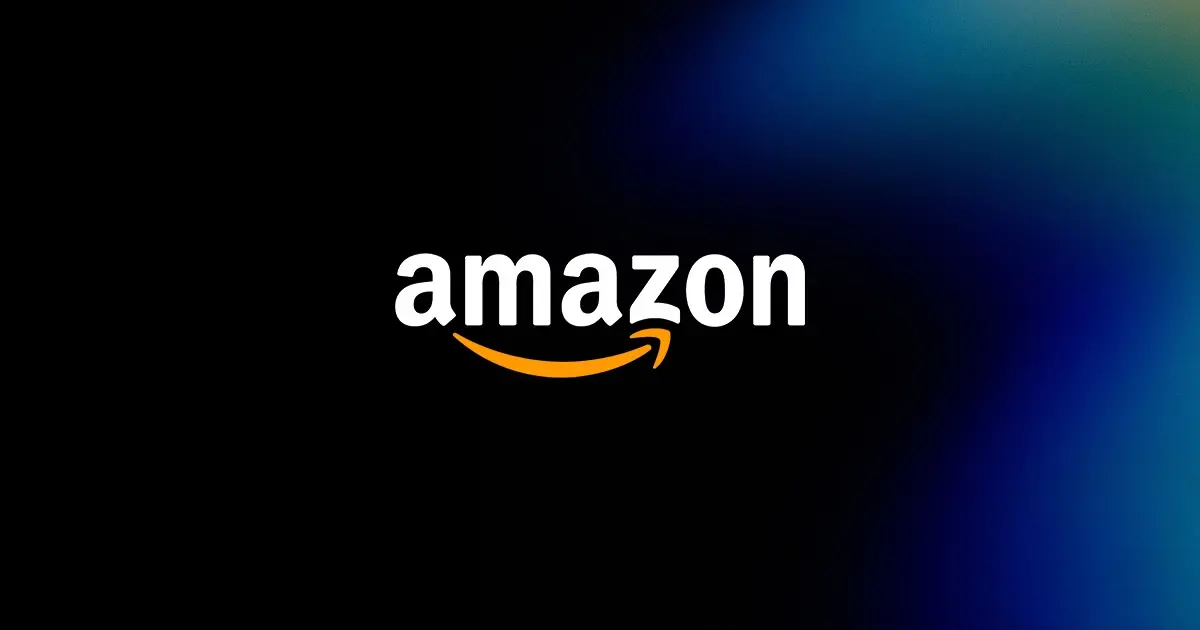
Reading Time: 2 minutesSummary Amazon kicked off December with two major developments shaping the future…
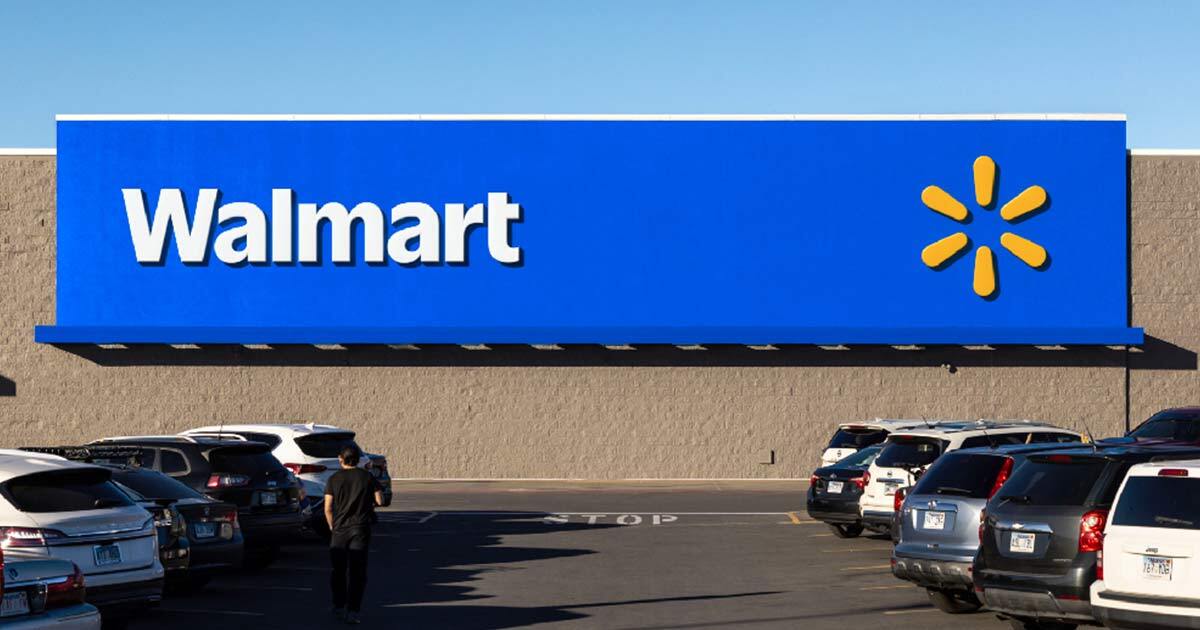
Reading Time: 2 minutesSummary Walmart has entered December with two major moves that signal a…

Reading Time: 2 minutesBlack Friday 2025 delivered the strongest U.S. eCommerce performance in history, as…
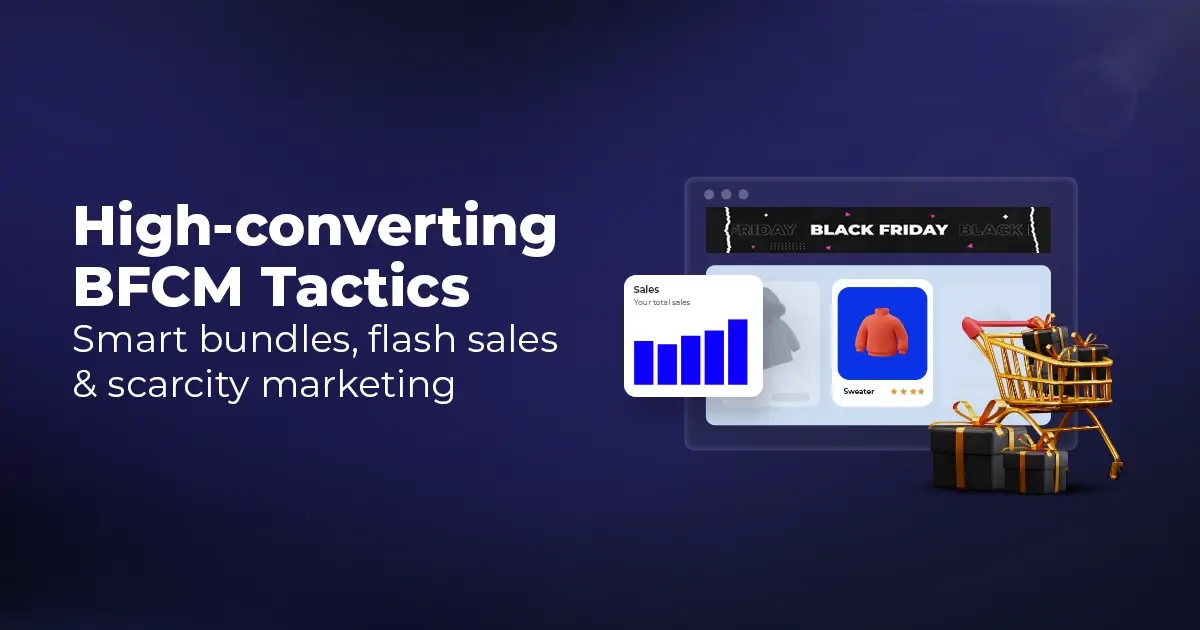
Reading Time: 13 minutesStill approaching BFCM with generic discounts, last-minute price cuts, or scattered promotions?…
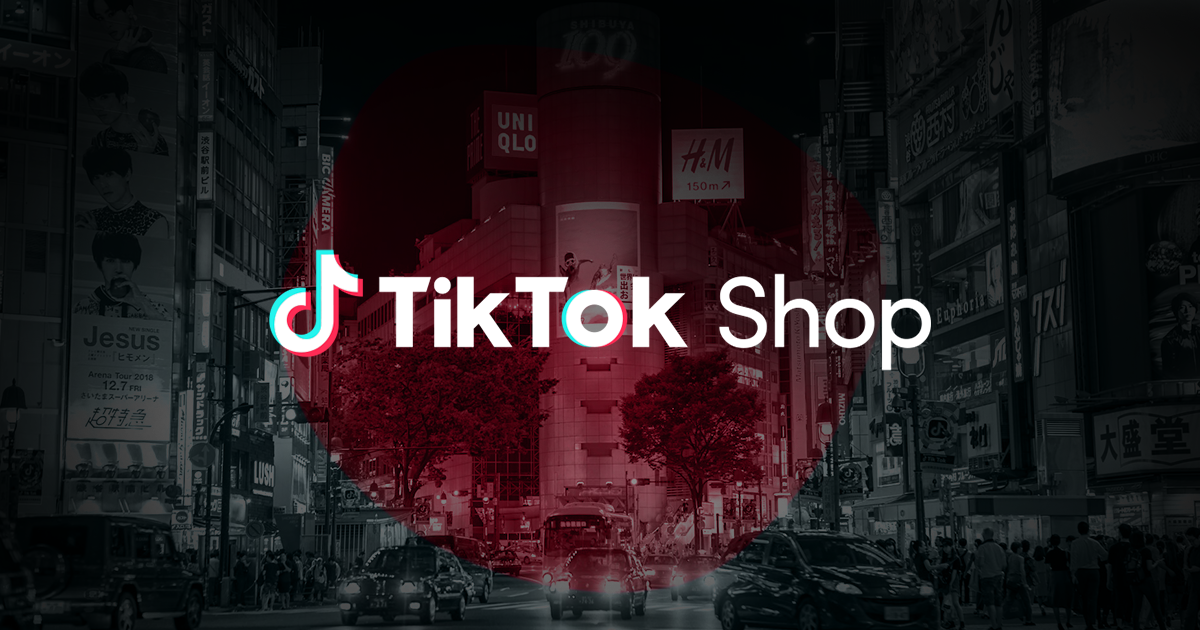
Reading Time: 3 minutesTikTok Shop reached a major milestone during its largest U.S. “Global Black…

Reading Time: 3 minutesOpenAI has announced a new AI-powered shopping research tool designed to help…
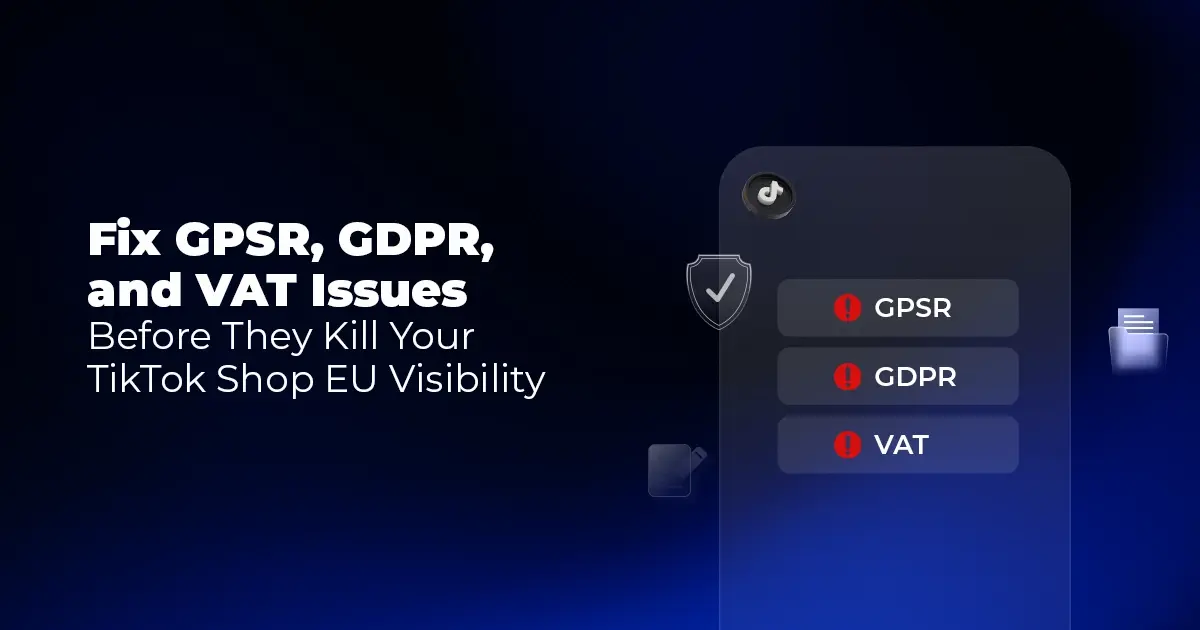
Reading Time: 9 minutesIf your TikTok Shop listings often sit in review or your visibility…

Reading Time: 3 minutesAmazon has rolled out a new “Seller Challenge” feature for eligible Account…

Reading Time: 3 minutesWalmart Marketplace has sharpened its requirements around product classification (category, type group,…

Reading Time: 3 minutesJust ahead of Black Friday, Amazon is enforcing tighter controls on its…

Reading Time: 11 minutesWhere holiday prep of past years focused on legacy channels like Amazon,…

Reading Time: 11 minutesThe eCommerce shift you actually need to act on Multi-channel fulfillment has…
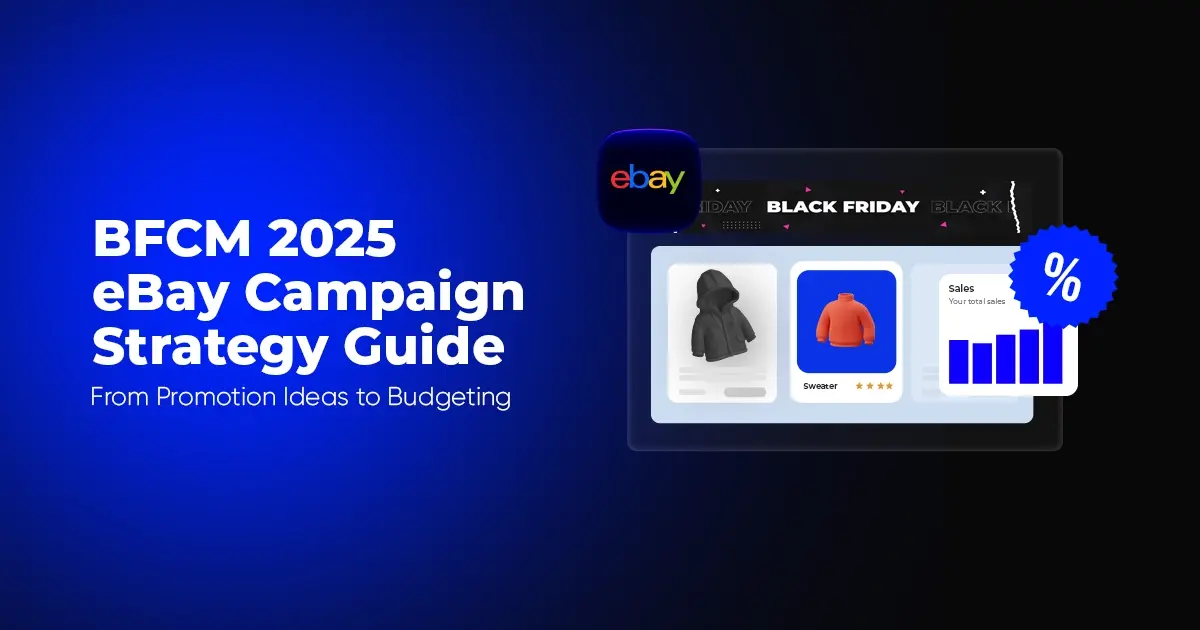
Reading Time: 10 minutesBlack Friday Cyber Monday (BFCM) isn’t a weekend anymore; it’s a two-month…
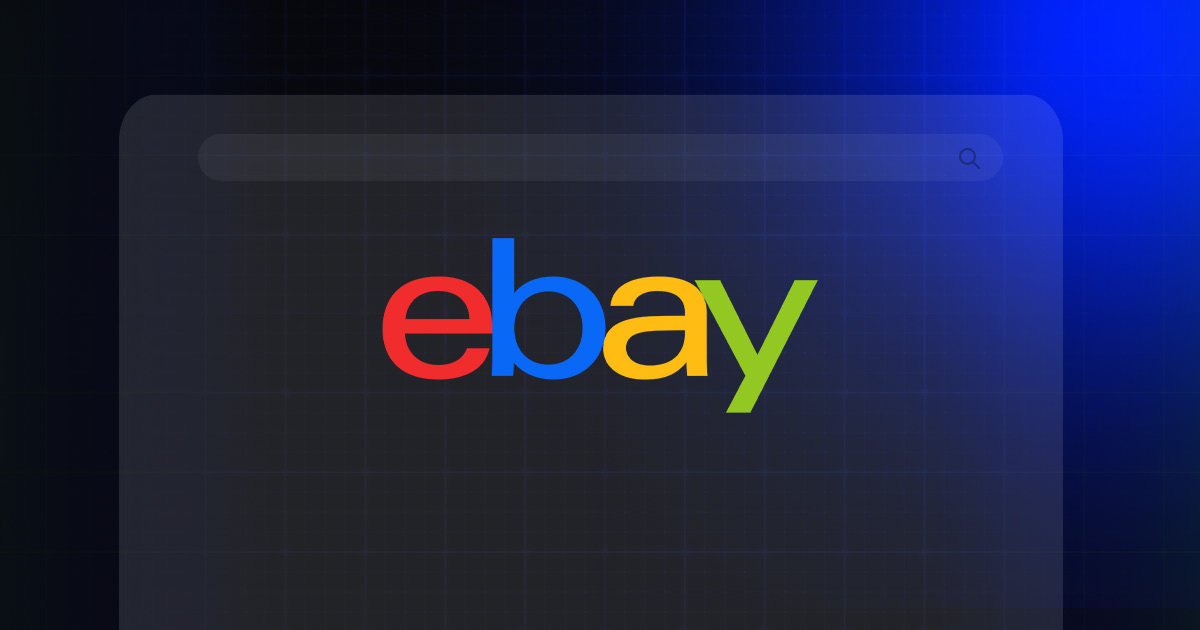
Reading Time: 2 minuteseBay is quietly testing a new feature that could reshape how buyers…

Reading Time: 2 minutesAmazon is stepping into a new era of value commerce with the…
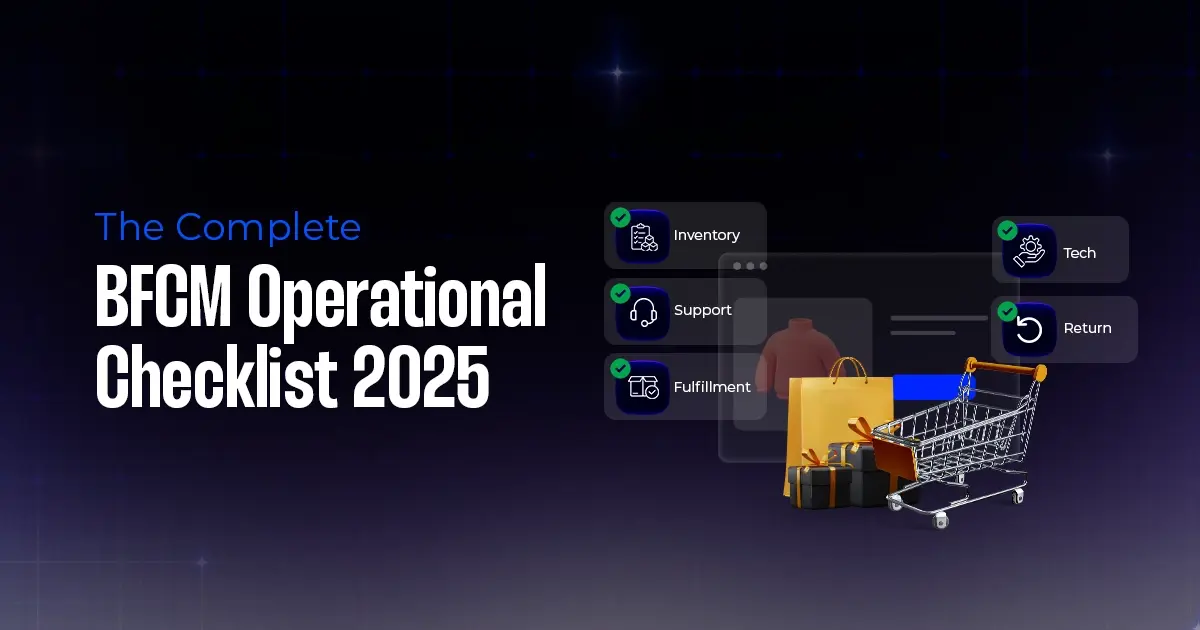
Reading Time: 11 minutesThe $240 Billion BFCM Opportunity & Why Operations Matter Every seller, business,…
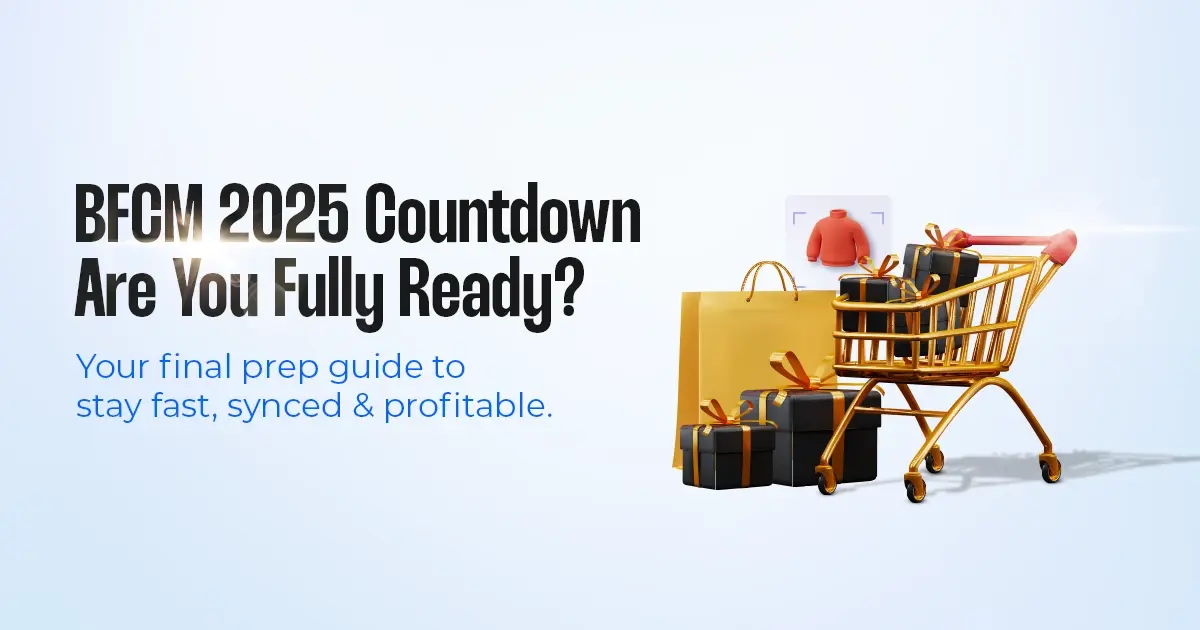
Reading Time: 7 minutesTL;DR — Your 60-Second BFCM Battle Plan Time remaining: 3 weeks until…
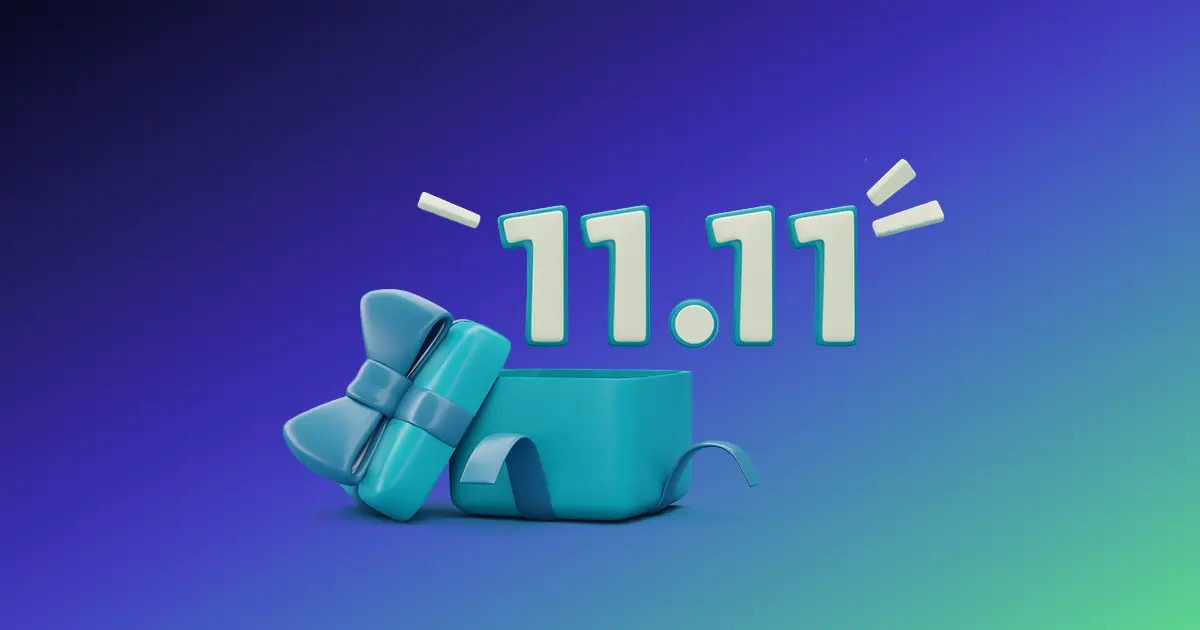
Reading Time: 2 minutesChina’s Double 11 shopping festival — the world’s largest annual online retail…

Reading Time: 2 minutesAs the holiday season approaches, TikTok Shop has released its September 2025…